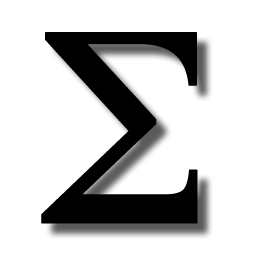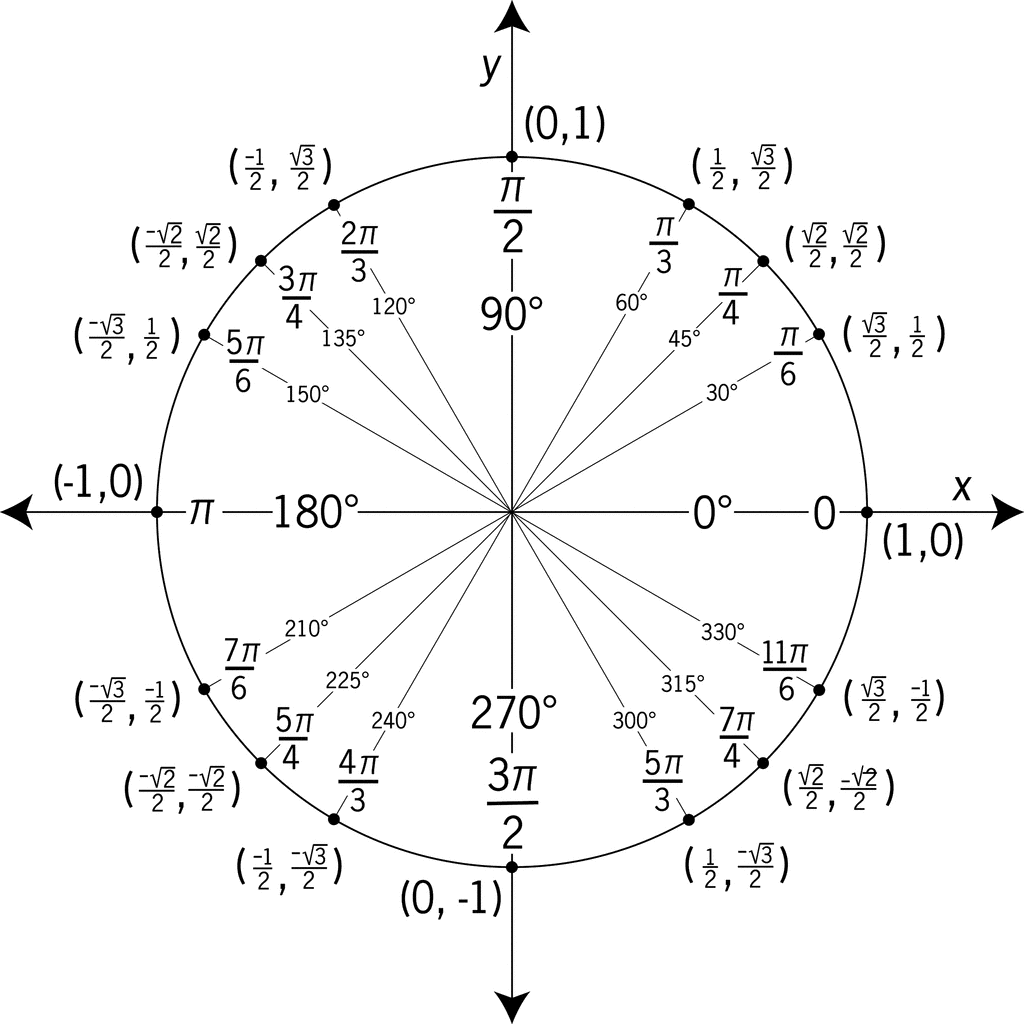Any YCCC student enrolled in a math (MAT) class or taking a course that involves math—yes, even if it’s just entering a crazy formula in Microsoft Excel!
Math tutoring covers any MAT course as well as support for any student using Microsoft Excel to perform calculations. Tutoring for dosage calculations is also available with Karissa Cole.
Please note: classes coded as ACC, BUS, and FIN are not specifically covered under Student Success Commons math tutoring. Math tutors will help the best we can, but if you need support with any of these classes please reach out to your instructor and student success coach.
Please keep in mind that any notes, videos, and calculators provided on this page are no substitute for attending class. These resources are here to supplement the information from your instructor and textbook. First and foremost please be sure to follow any directions and use any resources your teacher provides.
Math support FAQ
Our tutoring schedule is always available on our tutoring page. If you have additional questions about how and when you can get math support, please email Karissa.
Not at all! Tutoring is for everyone—whether you're trying to catch up, keep up, or level up.
Math tutoring at the SSC is walk-in friendly—just stop by during our open hours and a tutor will be happy to help you. You don’t need an appointment! Whether you can only stay for 10 minutes, or 4 hours, drop-in tutoring is here to fit your schedule.
Drop-in tutoring isn’t the same as a study group or a class. You’re welcome to work with friends, but it’s not required. Tutoring takes place in an open space, but your tutor will always give you one-on-one attention.
Tutors won’t lead a session like a teacher would. Instead, they’ll work with you on whatever concepts you need help with—at your pace and level. Since drop-in tutoring is student-driven, be sure to bring questions or topics you’d like to go over!
If you can't make it in person, you can also email us with questions or to connect with a tutor. And don’t forget—our website has a collection of helpful online resources, including videos, guides, and practice tools you can use anytime.
Your tutor will answer any questions, explain tricky concepts, help with practice problems, review assignments, and build your confidence. You won’t just get answers—you’ll learn how to find them.
Yes! While they won’t do your work for you, tutors can walk you through similar problems and show you strategies to tackle questions on your own.
That’s exactly why we’re here. Our tutors create a judgment-free zone where questions are always welcome, and mistakes are part of the process.
Take a deep breath—the Student Success Commons is here to help! Whether you're stuck on one math problem (or all of them), stressed about a class, or just feeling overwhelmed, you don’t have to figure it all out on your own. Please email the SSC. Please include any information you think will help, such as your class and concerns, to ensure you're connected with the right resource for you.
Algebra Basics
-
Algebra Foundations
 Cover the basics of algebra, including what variables are, combining like terms, and evaluating expressions.
Cover the basics of algebra, including what variables are, combining like terms, and evaluating expressions. -
Equations and Inequalities
 Watch videos and get plenty of practice working with equations and inequalities.
Watch videos and get plenty of practice working with equations and inequalities. -
Graphing on the Rectangular Coordinate System
 Learn about slope, intercepts, and applications of linear graphs.
Learn about slope, intercepts, and applications of linear graphs.
Trigonometry Resource Links
-
Khan Academy Trigonometry
 Here you can find plenty of videos and guides about angles, radians, the unit circle, and more.
Here you can find plenty of videos and guides about angles, radians, the unit circle, and more. -
Trigonometric Identites
 In mathematics, an "identity" is an equation which is always true. There are many identities, but the ones you're most likely to use in your trigonometry class are shown here on PurpleMath.
In mathematics, an "identity" is an equation which is always true. There are many identities, but the ones you're most likely to use in your trigonometry class are shown here on PurpleMath.
Math Fun

Trigonometry Summary
-
Trigonometry Summary SheetFrom identities to vectors, this comprehensive PDF will surely help you build up your trig notes for the semester.
Trigonometry Calculators
-
Trigonometric Functions
 Enter real numbers in degrees or radians to find results of the six trigonometric functions: sine, cosine, tangent, cotangent, secant or cosecant.
Enter real numbers in degrees or radians to find results of the six trigonometric functions: sine, cosine, tangent, cotangent, secant or cosecant. -
Trigonometric Function Graphs F(π)
 All 6 trigonometric functions graphed on an x scale from -2π to 2π.
All 6 trigonometric functions graphed on an x scale from -2π to 2π. -
Vector addition/subtractionAdd or subtract two vectors (2D)
-
Angle between two vectorsNot only will this calculator help you find the angle between two vectors, it gives you details on the process to help ensure you understand the concept.
-
Possible triangles calculatorProvide 3 values including at least one side and click "Calculate" to find the possible triangles. This page also has a lot of helpful notes on triangles in general!
-
Distance calculatorUse this calculator to find the distance between two points or the magnitude of a vector.
Greek Letters
| Letter Name | Uppercase Character | Lowercase Character |
| Alpha | Α | α |
| Beta | Β | β |
| Gamma | Γ | γ |
| Delta | Δ | δ |
| Epsilon | Ε | ε |
| Zeta | Ζ | ζ |
| Eta | Η | η |
| Theta | Θ | θ |
| Iota | Ι | ι |
| Kappa | Κ | κ |
| Lambda | Λ | λ |
| Mu | Μ | μ |
| Nu | Ν | ν |
| Xi | Ξ | ξ |
| Omicron | Ο | ο |
| Pi | Π | π |
| Rho | Ρ | ρ |
| Sigma | Σ | σ |
| Tau | Τ | τ |
| Upsilon | Υ | Υ |
| Phi | Φ | φ |
| Chi | Χ | χ |
| Psi | Ψ | ψ |
| Omega | Ω | ω |
How to Pronounce Greek Letters (American English) For Science and Mathematics:
Note: Though different than the above video, in your class you're more likely to hear mu is pronounced like "mew", nu is pronounced like "new" and upsilon is usually pronounced "oop·suh·laan".
You won't need to memorize or use all Greek letters in your trigonometry class. Some of the most common ones are α (alpha), β (beta), γ (gamma), θ (theta)—these are usually used to represent angles—π (pi), and ω (omega).

Image courtesy of CueMath
Radians, Degrees, Minutes, Seconds
There are various ways to measure angles:
- Degrees: there are 360° in a circle
- Radians: there are 2π radians in a circle
- Minutes (also called "a minute of arc", arcminute (arcmin), arc minute, or minute arc): Denoted by the symbol ′ and equal to 1/60 of one degree. There are 21,600 minutes in a circle
- Seconds (also called "a second of arc, arcsecond (arcsec), or arc second): Denoted by the symbol ″ and equal to is 1/60 of an arcminute or 1/3600 of a degree. There are 1,296,000 seconds in a circle
Note: the minutes and seconds used in trigonometry do not refer to measures of time, they refer to angle measurements.

Student Success Commons at York County Community College112 College Drive Wells, ME 04090
|
Quick links: YCCC Homepage | MyYCCC Portal | Library | YCCC Email | Brightspace | Technical Support






